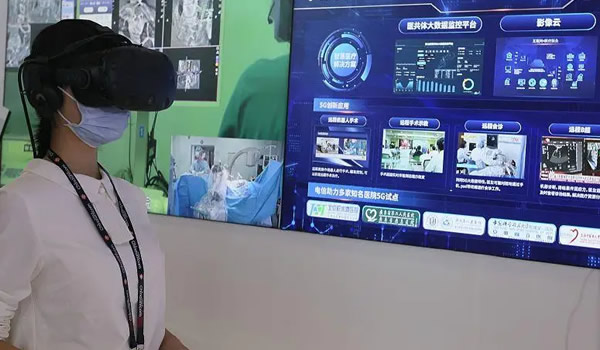Breast cancer is the most common cancer among women in Asia, with rising incidence linked to urbanization, lifestyle changes, and aging populations. Advances in surgery, hormonal therapy, targeted drugs, and immunotherapy are transforming outcomes. This article explores breast cancer treatments in Asia, regional disparities, and future directions.

Breast Cancer in Asia: Epidemiology
- Global impact: Over 2.3 million new cases of breast cancer annually worldwide.
- Asia’s burden: China: Accounts for nearly one-fifth of global cases. India: Rising incidence, with many patients diagnosed late. Japan & South Korea: High survival rates due to early detection.
- Risk factors: Urban lifestyle changes, late childbirth, reduced breastfeeding. Obesity and physical inactivity. Family history and BRCA gene mutations.
Surgery: The Primary Treatment
Breast-Conserving Surgery (Lumpectomy)
- Removes tumor while preserving breast tissue.
- Widely practiced in Japan, South Korea, Singapore.
Mastectomy
- Full removal of breast, often used in advanced cases.
- Increasing adoption of nipple-sparing mastectomy for cosmetic outcomes.
Reconstructive Surgery
- Use of implants or autologous tissue.
- Growing in popularity in urban Asia.
Regional Challenges
- In India and Southeast Asia, many women present too late for breast-conserving surgery.
Radiation Therapy
- Essential after breast-conserving surgery to reduce recurrence.
- Advanced techniques like IMRT (Intensity-Modulated Radiation Therapy) available in Japan, South Korea, Singapore.
- Limited access in rural Asia.
Chemotherapy
- Standard for aggressive tumors and advanced disease.
- Common regimens: AC (Adriamycin + Cyclophosphamide) and Taxane-based therapies.
- Increasing use of neoadjuvant chemotherapy (before surgery) to shrink tumors.
Hormonal Therapy
Tamoxifen
- Widely available and affordable.
- Used for premenopausal women with hormone receptor-positive tumors.
Aromatase Inhibitors
- Anastrozole, letrozole, exemestane for postmenopausal women.
- Broadly used in Japan, South Korea, and China.
Ovarian Suppression
- Drugs or surgery to suppress estrogen production in young women.

Targeted Therapy
HER2-Positive Breast Cancer
- Trastuzumab (Herceptin): Revolutionized treatment, widely used in Asia.
- Pertuzumab, lapatinib, trastuzumab emtansine (T-DM1): Available in Japan, South Korea, Singapore; access growing in China and India.
Emerging Targets
- PARP inhibitors for BRCA-mutated cancers.
- PI3K and CDK4/6 inhibitors expanding in Asian clinical trials.
Immunotherapy
- PD-1/PD-L1 inhibitors for triple-negative breast cancer showing promise.
- Japan and China leading clinical trials in this space.
- Access remains limited outside advanced centers.
Regional Insights
- China: Largest number of cases; expanding screening programs and access to HER2 therapies.
- India: Late diagnoses common; government programs increasing awareness.
- Japan & South Korea: Early detection and advanced treatments drive high survival rates.
- Southeast Asia: High mortality rates due to late-stage presentation and limited treatment access.
- Middle East: Rising incidence; strong investment in advanced cancer centers.
Challenges in Asia
- Low Screening Rates: Many women present at advanced stages.
- Cost of Targeted Therapy: HER2 drugs remain unaffordable for many.
- Cultural Barriers: Stigma and fear prevent early medical consultation.
- Urban-Rural Divide: Limited treatment centers outside cities.
Future Directions in Breast Cancer Care
- Expansion of mammography screening programs to detect cancer early.
- Broader access to targeted and immunotherapies via generics and biosimilars.
- Precision oncology: Genetic profiling for personalized treatment.
- Digital health and telemedicine expanding patient access in rural Asia.
- Awareness campaigns to reduce stigma and encourage early diagnosis.

Conclusion
Breast cancer is a major health challenge for women in Asia, but advances in surgery, radiation, chemotherapy, hormonal therapy, targeted drugs, and immunotherapy are dramatically improving survival.
The future of breast cancer treatment in Asia lies in early detection, equitable access to advanced therapies, and culturally sensitive awareness programs, ensuring women across the region receive life-saving care.